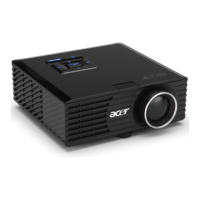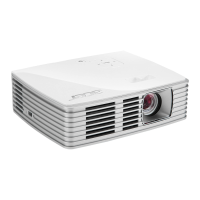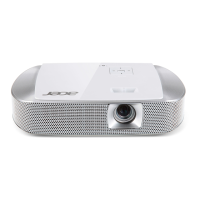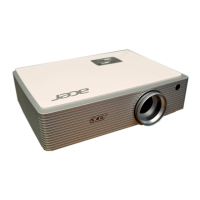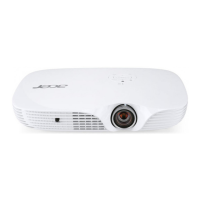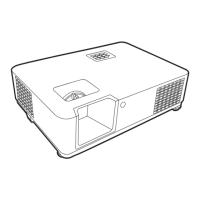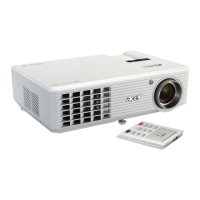How to fix stretched widescreen DVD on Acer Projector?
- PPaul BenitezSep 9, 2025
If the image is stretched when displaying a "widescreen" DVD title on your Acer Projector, you may need to adjust settings. If you play a 4:3 format DVD title, change the format to 4:3 in the projector OSD. If the image is still stretched, adjust the aspect ratio and set up the display format to 16:9 (wide) aspect ratio on your DVD player.



